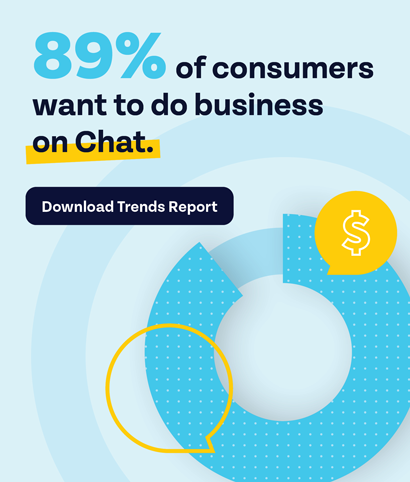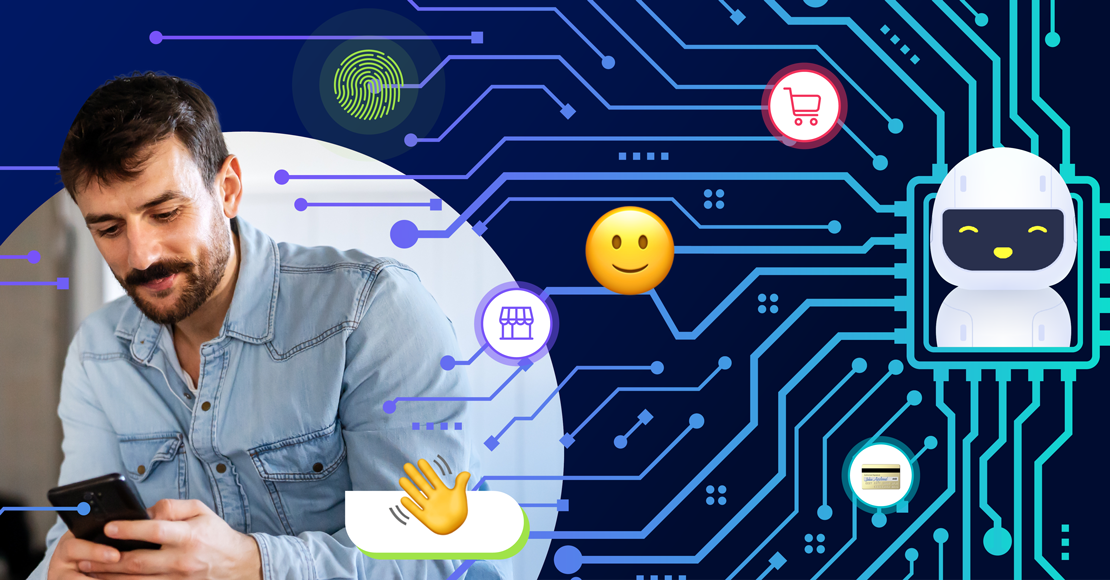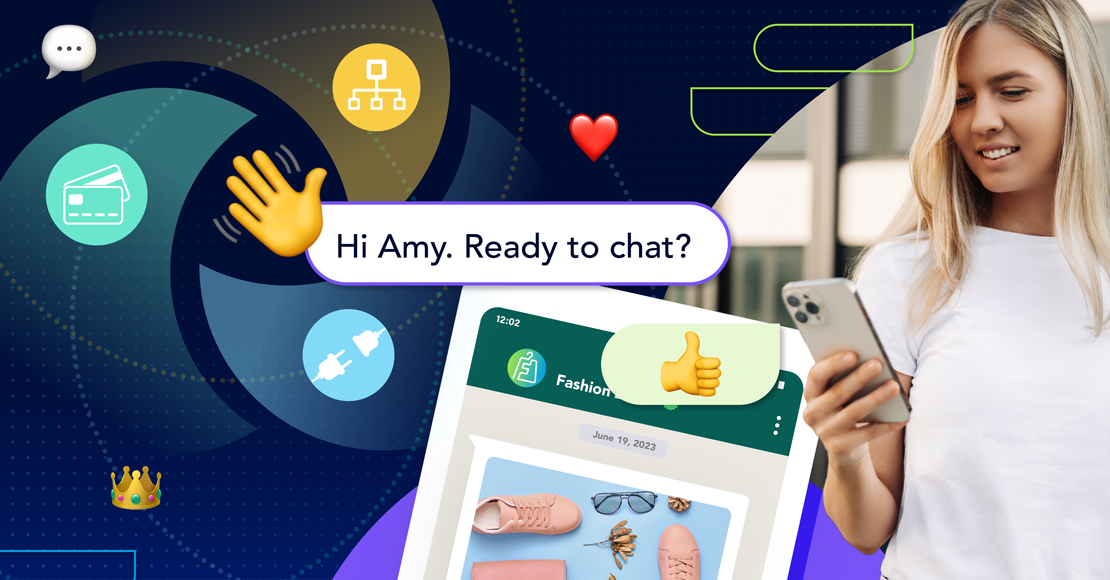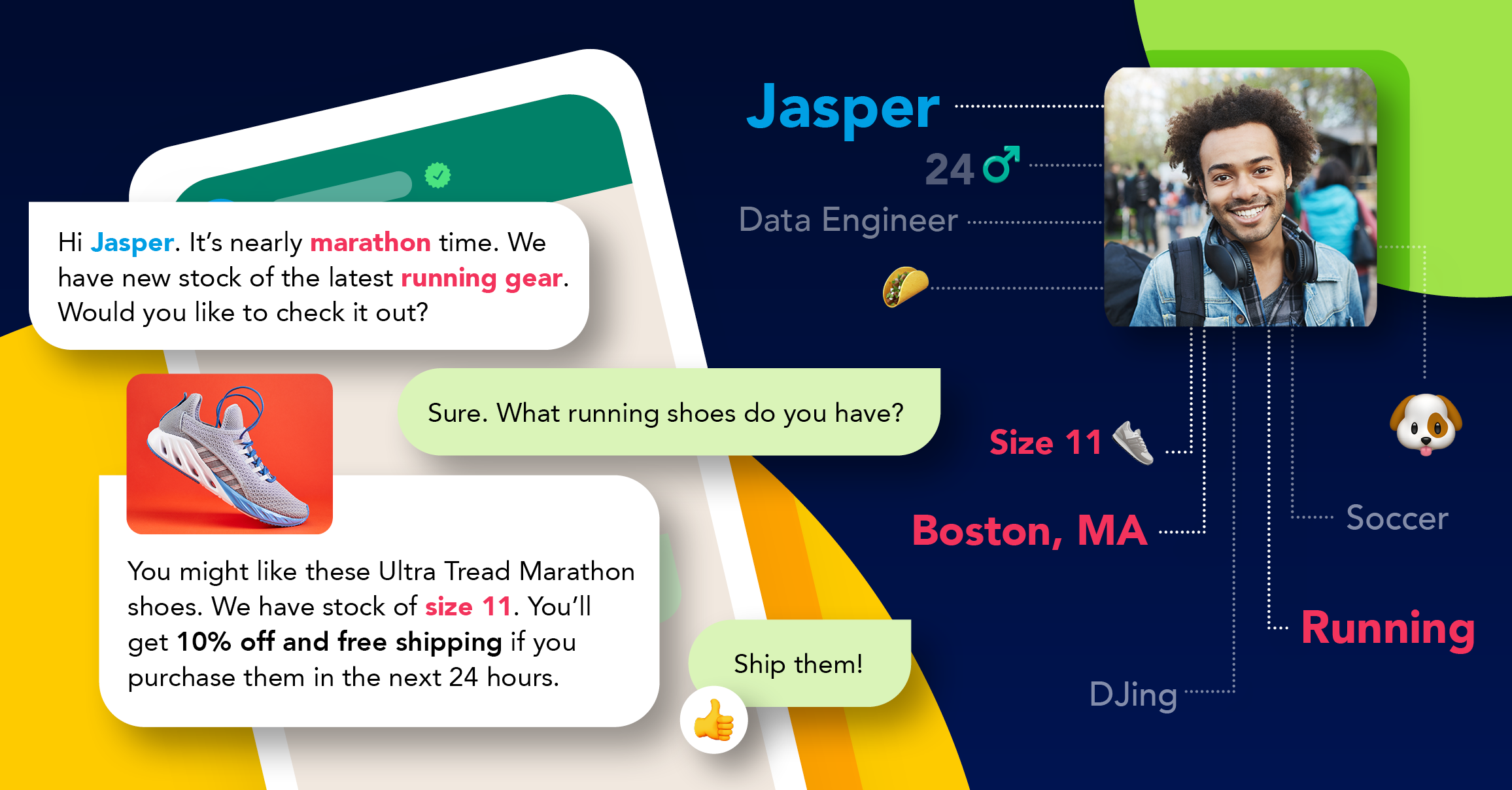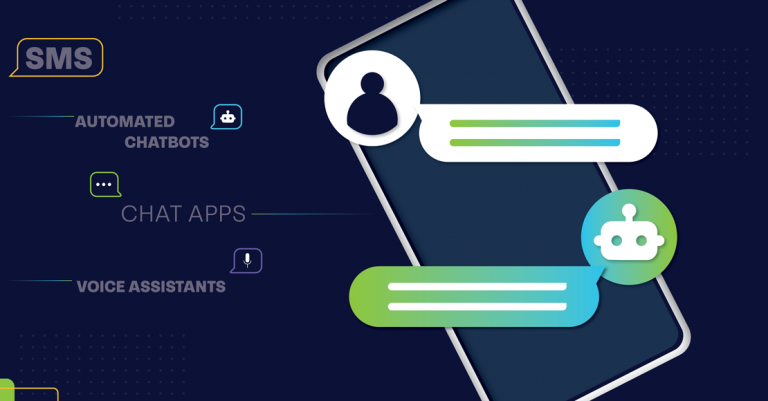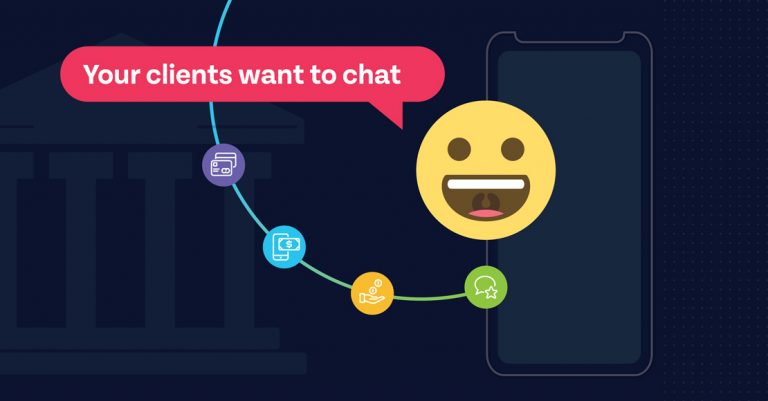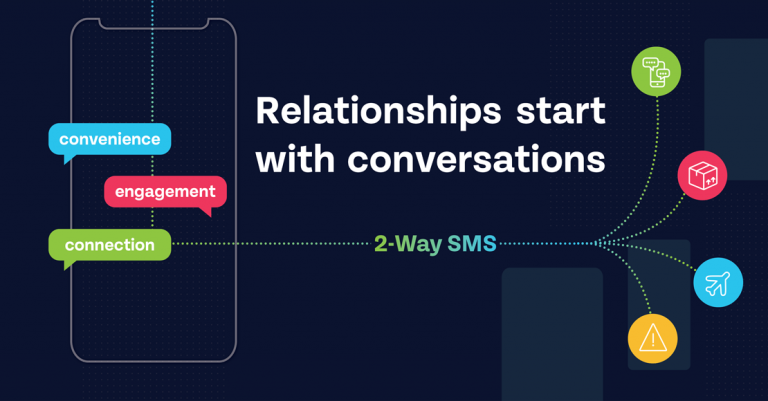
We are also in the middle of an explosion of consumer gadgets with over 200 billion connected devices expected by 2020. These factors fuel exponential growth in personal data and as a result, the threat landscape as far as online security threats goes is not only changing, it’s growing.
What are the biggest online security threats to business this year?
Intel Security’s 2016 Threat Predictions report flags ransomware as the biggest emerging security risk for this year. Extortion hacks are on the rise, too. Attackers are not only holding sensitive data hostage; they’re threatening to release it if their demands aren’t met.
It is also predicted that while cyber criminals will continue to use time-proven mechanisms like phishing, keyloggers, remote admin tools (RAT) and banking Trojans, shifty new methods will also emerge. These are expected to target cloud storage (through jailbreaks), IoT networks and even mobile devices.
According to IBM Security, mobile threats will see a significant leap in fraud capabilities this year. What’s even scarier is that organized cyber crime (think online mobs) is expected to shift its focus to businesses.
Where two-factor authentication comes in
Two-factor authentication (2FA) offers protection against hacks, data theft, and a host of online security threats by providing a strong additional layer of security that can’t easily be breached.
By using two different channels of authentication – for example, something your users know (like a password) and something they have (like a mobile phone) – it makes it virtually impossible for fraudsters to steal information. While they may be able to hack one of these channels, hacking both, simultaneously, is extremely unlikely.
What’s great about 2FA is that it enables businesses to give their customers the peace of mind of knowing that only authorized users can gain access to sensitive information. Not only do businesses meet industry and internal security regulations, but they also help to build customer confidence.
Not all two-factor authentication is created equal
Of course, 2FA is only effective if your customers actually make use of it. To ensure consumer adoption, you have to take into account more than just security. Is it easy to use? Is it intuitive? Any security with barriers to entry is counter intuitive: users simply won’t adopt it, or if they’re forced to, will move away from your business.
What’s the right online security solution?
What you want is something that’s easy to use, simple to integrate, and offers a thoroughly enjoyable user experience.
There are a handful of these solutions out there, like Clickatell’s SaaS-based multi factor authentication solution, Clickatell Secure. It’s customizable to meet the specific security needs of your consumers – think a PIN solution for feature phone markets and a unique icon-based option for smartphone markets. It’s fully managed by us, and its flexible upgrade paths make it the most convenient way to give your customers the level of security they expect.
Clickatell Secure can be used across a range of applications from cloud service logins to server password changes. It comes complete with an analytics dashboard which means you can easily monitor service usage, success rates on authentication types and running costs. Integration into your current business workflow is easy with a single trusted API that gets you up and running fast.
Explore other articles
Step into the future of business messaging.
SMS and two-way channels, automation, call center integration, payments - do it all with Clickatell's Chat Commerce platform.
